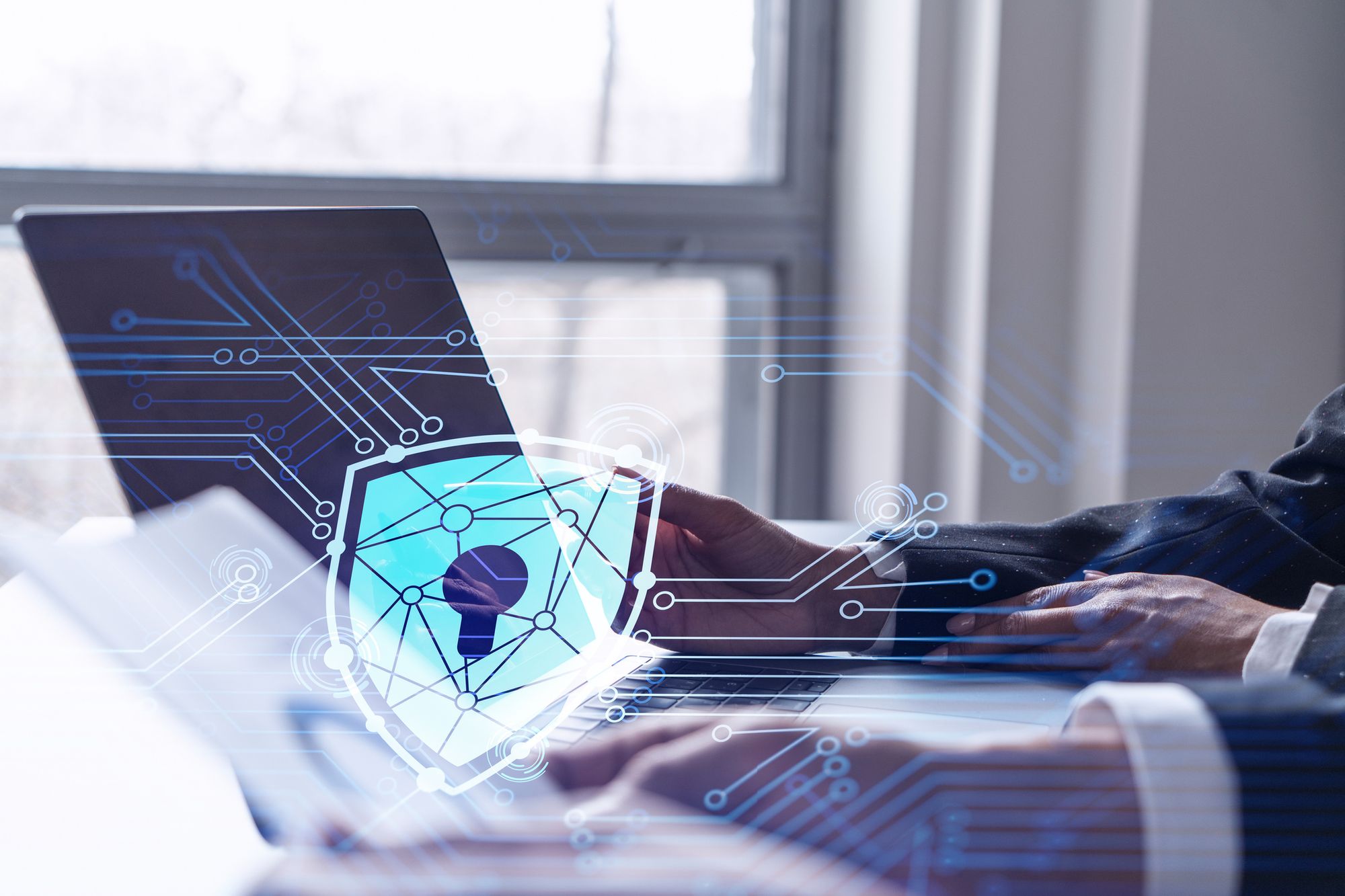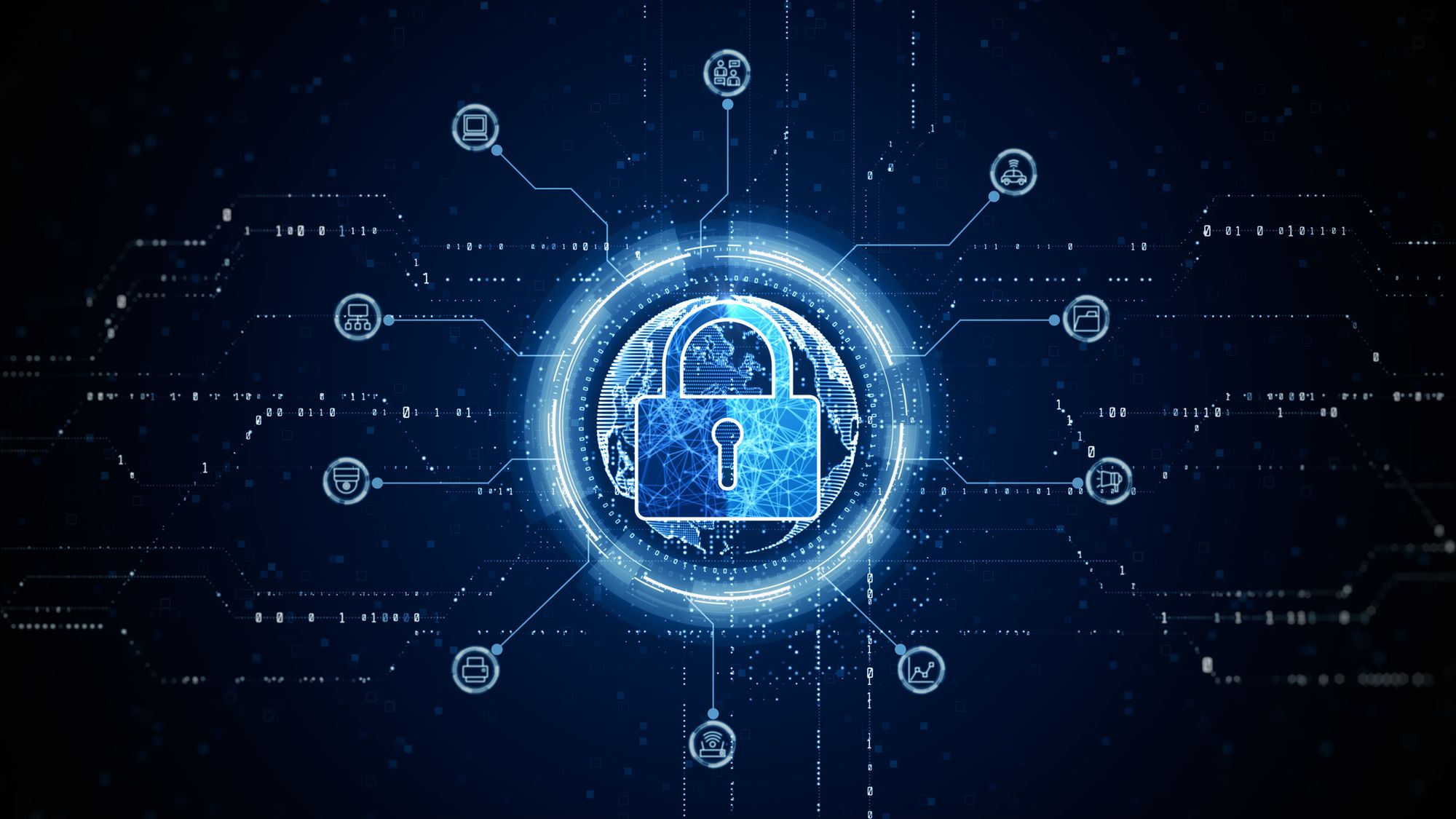Post Syndicated from Peter Scott original https://blog.rapid7.com/2022/06/03/cybersecurity-is-more-than-a-checklist-joel-yonts-on-techs-unfair-disadvantage/

Breaches caused by misconfigurations are alarmingly common. Over a third of all cyberattacks in 2020 were the result of firewall, cloud, and server misconfigurations. The tech industry is at the highest risk of bad actors taking advantage of these preventable vulnerabilities, with the information sector falling victim to a majority of 2021’s breaches caused by misconfigurations. One such instance is the Android app data leak, which compromised over 100 million users’ data.
As organizations mature and innovate, so do malicious actors – and many of them target tech companies’ public cloud infrastructure. In today’s world of rapid development, companies must prioritize the protection of their infrastructure with a mix of people, processes, and technology.
Achieving this means going beyond tactical security approaches and instilling organization-wide commitment. While checklists can be a helpful tool, security has to go beyond that; it should be a mission rather than a to-do list to set aside when complete. Neglecting to fulfill that mission can cause serious financial and reputational damage.
When it comes to strengthening their security postures, tech companies must address an industry-specific set of challenges. Recently, we were fortunate to sit down with Joel Yonts, Chief Research Officer and Strategist at Malicious Streams and CEO at Secure Robotics.ai. A seasoned security executive with over 25 years of experience, Yonts’s expertise in enterprise security, digital forensics, artificial intelligence, and robotic and IoT systems gives him a nuanced, data-driven perspective.
Read our Q&A below to get his insights on today’s best practices in security for tech companies.
Can you tell us what you do in your roles as Chief Research Officer and Strategist at Malicious Streams and CEO at Secure Robotics?
Malicious Streams delivers holistic cybersecurity strategies. The most complex things that I deal with are people – researching, listening, and observing how people work at all levels to determine how I can connect them.
I am a fractional CISO for several multinational organizations. I also build cybersecurity programs, do cyber maturity assessments, and build cybersecurity strategies in emerging areas.
In true Joel fashion, however, I needed more research time than I was getting in those roles. So, I spun up Secure Robotics.ai as a side company to Malicious Streams. Secure Robotics focuses on cyber protection for intelligent machines.
There’s a technology and capability gap right now: Technology adoption has outpaced cybersecurity. There are areas where we can’t protect these intelligent machines properly. I’m focused on developing practices and capabilities like digital forensics to better secure artificial intelligence systems.
How do you think about the tech adoption/security maturity gap? How do you address it?
This is one of the things that I talk about often: In cybersecurity, things move fast. The attacker-defender cycle is nonstop — as one side innovates, the other side does too. It’s a zero-sum game, a head-to-head competition. Every time a company innovates and creates some new technology or security tool, I always ask, “How are the attackers going to innovate to address that?”
For example, if you’ve got a new technology that improves network security, you can project that cybercriminals might subvert that by attacking the host. They might go upstream or downstream from there. Once you accept that, you can start thinking through those patterns and plan for early detection and prevention in those new areas.
In other words, if you don’t think a couple of moves ahead in cybersecurity, you will lose. The attackers can mobilize and deploy technology far faster than companies can. Anticipation is very important for long-term security.
When you’re working with companies on their cybersecurity strategies, how do you decide what to prioritize?
One of the biggest problems that I deal with in cybersecurity is priorities. Everybody’s got them. But many organizations have far too many, and this creates a problem when it comes to focusing resources. We need to wrangle them down to just a few of the highest-risk and greatest-value items for us to be successful.
We’ve seen the collapse of the castle walls around corporate networks. I’ve heard it said that the internet has become the new corporate network, and it’s such a true statement.
A corporate solution isn’t one monolithic server in a data center anymore. It is a cloud solution connected to seven SaaS solutions and three other cloud environments. This network of technologies may communicate across the product network or through the open internet. This requires different security approaches than in the past.
Another big priority that I see is identity and access management (IAM). Regretfully, I still see a lot of companies struggling with multi-factor authentication. There are still people working to catch up because there are some complexities associated with IAM, but it’s a high-risk area and should be a priority. IAM is a foundation in security that is expected to be in place. Incidents here are likely to create additional brand damage and draw regulators’ attention.
Another big challenge is cyber insurance. Rates are skyrocketing — double or triple what they used to be. Often, your rate will depend on how well you can prove the maturity of your cyber program. One of the questions they’re likely to ask is, “Do you use multi-factor authentication?” Every cyber insurance company will ask that question because it’s such an effective control. If you answer their questions wrong, it could cost you millions of dollars in higher premiums.
What have been the most valuable developments in cybersecurity in recent years?
The first thing that jumps to mind is EDR technology. We obviously want to solve cybersecurity challenges much earlier in the process. But EDR is instrumental in the detection and response phases.
EDR products can catch an attacker in an environment very quickly, even if they’re using stealthy technologies. These days, attackers don’t deploy a bunch of new tools when they break into an environment; they just use the tools you already have against you. But even in those scenarios, EDR has been a massive game-changer.
The most significant advancement in cybersecurity hasn’t been improving vulnerability detection but improving vulnerability management. If you find one security flaw in a company, that’s manageable. But what if you find 700,000 flaws in a company? How do you sort through that in a meaningful way so you can prioritize, communicate, take action, and maintain an audit trail? That’s where I’ve seen a lot of innovation recently.
We’ve been in the cloud now for a while. Many companies are still doing cloud security wrong in many ways, but I think that the move to cloud security posture management and the adoption of multi-cloud tools for visibility and control have been significant steps in the right direction.
What challenges do tech companies face that other companies don’t necessarily wrestle with?
One of the big ones is the level of forgiveness from users. Whether you’re selling a piece of technology or a security service, if you have a breach or a major vulnerability, there’s a lot less forgiveness than if you’re a retailer with the same issue. The high expectations mean you have to be more diligent to keep your customers happy.
Fair or not, people think, “I need technology companies to help solve my problems, not add to my problems.” When a retailer or manufacturer has a public cybersecurity issue, you don’t hear people saying they won’t do business with that company. But with tech companies that have security issues — sometimes with a very skilled attacker that any company would struggle to defend against — I hear a lot of people saying they will take their business elsewhere. So that’s a definite challenge for them.
Are there any specific threats that are a bigger risk for tech companies?
Supply chain risk is a significant threat for tech companies. Making decisions about where you’re going to source parts of your products and services, what you’re going to source, and how you’re going to source them — all of that is incredibly difficult from a security perspective, even down to the hardware level. Detecting threats on that level is just monumentally difficult.
For technology companies, embracing new technologies is part of their DNA, but it also brings more security challenges. For example, what does it mean to secure serverless environments? Containers? Those are technologies that have been adopted fast because of their value propositions, but not every company has figured out how to handle asset management, detection, and response for them.
The other challenge is rapid adoption of intelligent machines. For example, I just released a paper on chatbots. They’re valuable, offering efficiency and improving some aspects of customer experience. But a lot of the time they sit outside the cybersecurity program.
In this recent paper, I released a couple of proof-of-concept attacks where I trojanized a chatbot and skimmed credit cards with it. I duplicated a standard interface where someone checking on a product order could enter the information and see the real-time status of their purchase. I was able to compromise the chatbot interface and inject a couple of new fields so that, instead of just asking for the name and order, it asks for the credit card and zip code you used to place the order. In my trojanized version, it then stores that in a slot in the chatbot memory and never goes inside the company. It sits on the outside. Then when I, as an “attacker,” come and give it a specific order number, it dumps all the cards I skimmed out through the chat interface in an encoded format.
That’s a white-hat example, obviously, but attackers are out there figuring this out. Tech companies need to be seriously considering how they will secure chatbots and other intelligent machines they leverage.
What advice would you give tech companies looking for security solutions?
Don’t start with the technology – that is the very first thing. Technology companies may be the most guilty of doing this because technology is their business. But it’s not the way to go.
Instead, start by trying to understand and define the problem. You need to understand what it is you’re trying to protect, how you’re going to protect it, and what it looks like if it is not protected. Otherwise, you might decide to adopt a huge range of technologies — fantastic, big, monolithic solutions — and then find that there are massive gaps between them. They’re not connected. You need to make sure that you have an interlocking set of strategies to protect the entire attack surface area. Because guess what? If you have chinks in your armor, the attacker will probe and exploit those weaknesses.
For more insights on how to navigate the future of cloud security as a technology company, visit our hub page.
Additional reading:
NEVER MISS A BLOG
Get the latest stories, expertise, and news about security today.
Subscribe







![[VIDEO] An Inside Look at the RSA 2022 Experience From the Rapid7 Team](https://blog.rapid7.com/content/images/2022/06/RSAC-2022-experience.jpg)
![[VIDEO] An Inside Look at the RSA 2022 Experience From the Rapid7 Team](https://play.vidyard.com/H2GfDP6w1PPGWrcrbR6cDW.jpg)
![[VIDEO] An Inside Look at the RSA 2022 Experience From the Rapid7 Team](https://play.vidyard.com/rjqC7aBPwPEp682bGvm3Pt.jpg)
![[VIDEO] An Inside Look at the RSA 2022 Experience From the Rapid7 Team](https://play.vidyard.com/FBbwA1HVwbrsC9gNEPC7h5.jpg)

